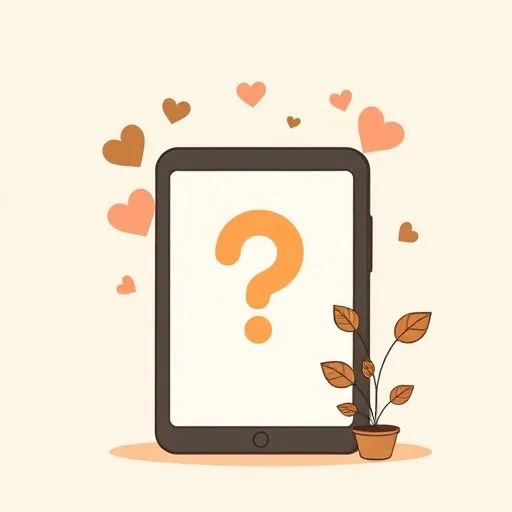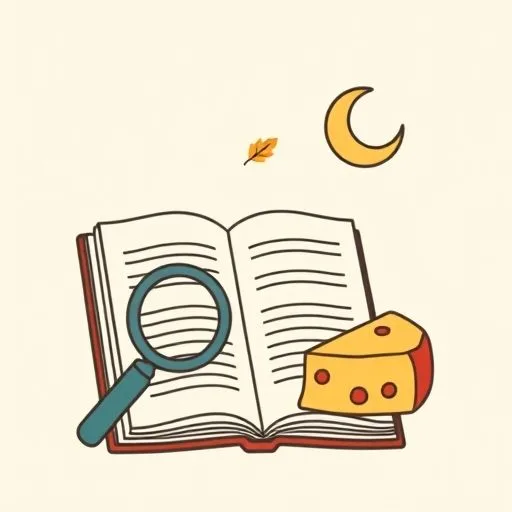
When we watch our children ask questions about the world around them, we share that quiet moment of wonder together. The glow of the screen reflects the glow in their curious eyes, doesn’t it? And in that moment – between the question and the search for the answer – we feel the weight of our responsibility settle in the air. How do we nurture this digital companionship without dimming our children’s natural discernment? The answer isn’t in the technology itself, but in how we walk alongside them through the universe of possibilities.
The Space Between ‘Why’ and ‘Answer’

We’ve learned to watch for that pause – that moment when the question comes before the answer. You know that quiet tap of rain against the window right before the storm? It’s exactly like that. And honestly, those moments? They’re my favorite part of the day.
In that space, we’ve built our little rituals of learning together. We become detectives, asking: ‘Did you enjoy this explanation? How do you think the person who made this feels about the subject?’
And sometimes, when the answers we find feel like cotton candy – colorful and sweet but lacking substance – we laugh while making our family’s ‘implausibility radar’ (Who knew the app could be so wrong about a cat’s dancing abilities? Now we’re all certain of the truth).
Checking the Ingredients of Knowledge

We’ve seen how important it is to teach our children that trust isn’t something given, but something tasted. Like teaching them to check the ingredients of knowledge.
That moment of asking: ‘Where did this come from? What’s the reason behind it?’ – is like watching a cook’s careful hands in our kitchen. There’s been wisdom in watching how we explain the internet’s lasting nature through the metaphor of fridge notes.
‘Remember when you wrote a silly note about going to the moon? It might still be remembered even after it’s gone. So we choose what to create carefully.’
And when we find that odd fact about the moon’s cheese composition – don’t we love how we turned it into a treasure hunt? Comparing the ‘cheese experts’ and ‘rock experts’ became our children’s favorite game of truth-seeking.
The Seed of Tomorrow’s Question

This isn’t just about today’s answers, but about tomorrow’s questions. We see how we can plant the seeds of curiosity by asking: ‘How do you think this could be used in a way that isn’t good? What could we do about that?’
Our nightly ritual of sharing what we learned each day has become an unexpected treasure map. We celebrate the ‘I don’t knows’ and the ‘I was wrongs’ as much as we do the discoveries.
Because in those moments, we’re showing them that learning is a journey – not a destination. We’re building not just digital citizens, but human beings who can navigate complexity with the grace they’ve learned from watching us navigate the beautiful mess of life together.
We’re planting seeds of curiosity that will blossom into tomorrow’s most important questions – now how incredibly exciting is that?
Source: IndagoAI launches tools that measure the reliability of AI-generated research, Silicon Angle, 2025-09-29
